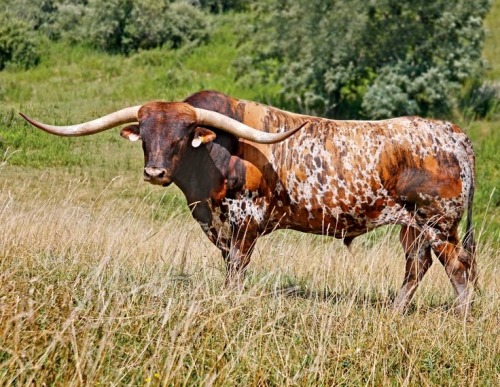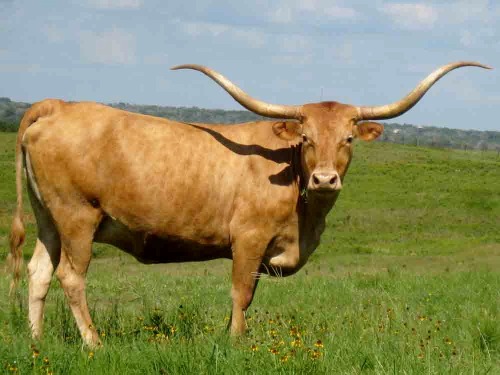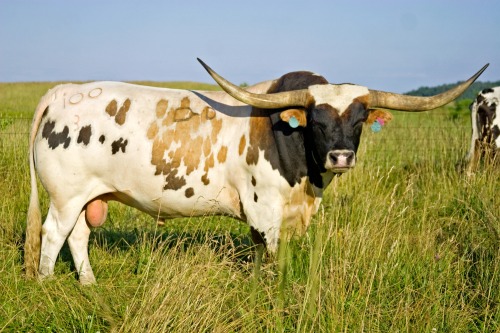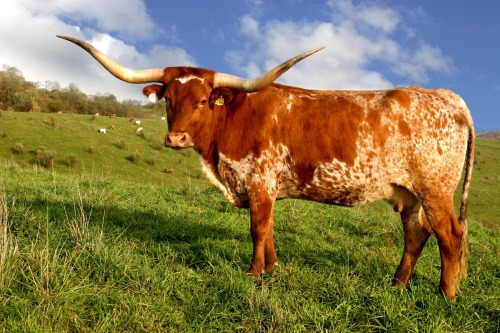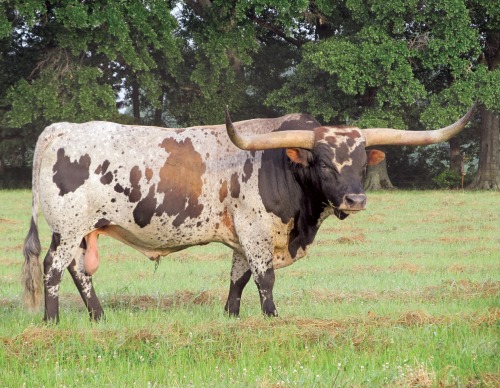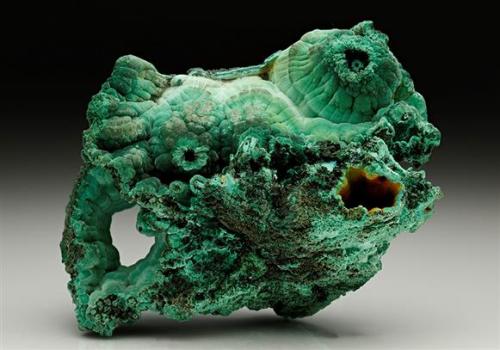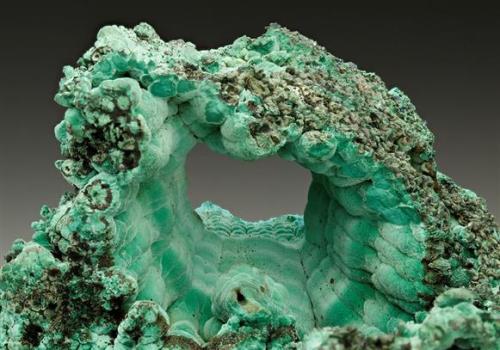Heinrichite

Heinrichite
Ba(UO2)2(AsO4)2·10H2O
Locality:
Schmiedestollen dump, Wittichen, Schenkenzell, Black Forest, Baden-Württemberg, Germany
Field of View: 1.84 mm
Coll.& photo Ko Jansen
More Posts from Othermanymore and Others










ive never really made a tutorial before but i thought i’d try!
all my portrait paintings are done on a 2000-3000 pixel canvas with 300 dpi using the two brushes shown above with varying opacity
(note: a flat steak brush texture can be found in many basic deviantart paint tool sai brush downloads! don’t worry if it’s not the exact one im using, i have several from different sources and they all generally do the same thing with the right settings)
QUICK
FREE ART PROGRAMS I USE AND RECOMMEND
MEDIBANG PAINT PRO
FIREALPACA (the lightweight version of the above and really good for a slow computer)
GIMP (I use this primarily for editing purposes not drawing).
KRITA
WHERE I GET MY SUPPLIES:
JETPENS Check it out!!!
Jerry’s Artarama
Dick Blick
REFERENCE FOR DRAWING PRACTICE
jademacalla
null-entity
senshistock
posemaniacs
DIGITAL ART STUFF
Palette Generator

Color Blender

CHARACTER DESIGN STUFF?
Comparing Heights
Body Visualizer










Beautiful Nouveau Facades and more from Barcelona by ROC
⠀
All photos by stoptheroc.tumblr.com
Thanks lensblr-network
Creating plots with the zigzag method
I’ve learned this method years ago and I’ve been using it ever since. The zigzag plot creator starts like this:

An crescent zigzag.
You can have as many up and downs as you want. I’ve drawn six to keep it simple. Alright, this zigzag is your storyline and every corner is an important event that will change everything:

Every down represents a bad thing happening to your main characters, taking them further away from their goal. Every up is a good event, taking them closer to their goal:

So, when the zigzag goes down, something bad must happen. When the zigzag goes up, something good must happen. The reason why we drew a crescent zigzag is because every down must be worse than the previous, and every up must be better than the previous. As the zigzag advances, events become more serious and relevant.

Let’s apply the zigzag method. My storyline is a detective trying to catch a serial killer in a futuristic city. Minutes later, this is what I’ve got:

Start: Detective, our protagonist, is just promoted
Down #1: Mass suicide happens in town, detective gets the case, the whole town thinks it might have been a religious suicide act, but detective suspects that someone single-handed killed all those people
Up #1: Detective finds clue about a possible killer
Down #2: A bigger mass murder happens, a true massacre, it’s a definitely a murder
Up #2: Detective finds the killer’s trail
Down #3: Thinking he is ahead of time, close to catching the killer, detective ends up dead in another mass murder
Up #3: Because of his notes and discoveries, the police is able to find the killer before they leave town
From this point on you can play with zigzag as much as you want. For example, changing the orientation of the zigzag for a bad ending:

Lots of ups and downs:

Or just a few:

It’s up to you (see what I did there?).
You can plot any type of story with the zigzag method. It’s a visual and easy process for a very complex task.

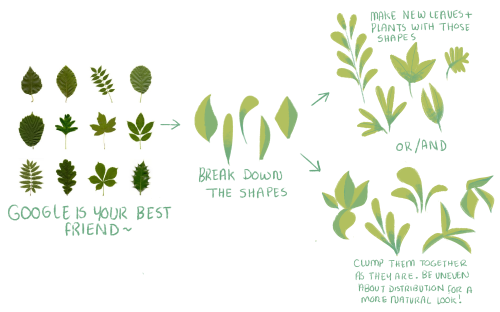

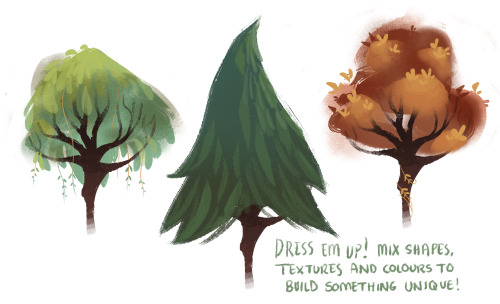

A couple people asked me how I vary my leaves and trees and honestly, it’s super easy! I’ve never made a tutorial/guide before so I kept this mega simple but I hope someone out there might find it useful at least!
Also, anyone can download the brushes I use for all my art on my tumblr page (: I only use around 5 so go nuts haha


Manhattan Project Glass from Hanford, Washington
This glass was used at the Hanford Washington Manhattan Project location, one of the biggest and most undercover operations the United States military has ever done. It started during WWII in the late 30’s and went on through the cold war era. There were three main facilities around the nation that took part in the making of the first atomic bombs. At Hanford, they created the first plutonium ever to exist, which went into the Trinity bomb in New Mexico, the first man-made nuclear blast, and the plutonium for the Fat Man Bomb dropped on Nagasaki, Japan.
This piece is 70% lead with a deep yellow color. It comes on basalt pillar base, cut flat, polished top, core drilled with a LED light set into the stone to illuminate the specimen. The base is 8" in diameter and 34" tall. Approximate weight of display is 200lbs.
-
 solifuge-x reblogged this · 1 year ago
solifuge-x reblogged this · 1 year ago -
 tamayurrra liked this · 1 year ago
tamayurrra liked this · 1 year ago -
 gummysnom liked this · 3 years ago
gummysnom liked this · 3 years ago -
 nope-astrology-nope reblogged this · 3 years ago
nope-astrology-nope reblogged this · 3 years ago -
 greyscale-hands liked this · 3 years ago
greyscale-hands liked this · 3 years ago -
 lazyheroo liked this · 4 years ago
lazyheroo liked this · 4 years ago -
 nuggethunter--2 liked this · 5 years ago
nuggethunter--2 liked this · 5 years ago -
 surfingthesealand liked this · 5 years ago
surfingthesealand liked this · 5 years ago -
 vezselyite reblogged this · 5 years ago
vezselyite reblogged this · 5 years ago -
 imgermanlol reblogged this · 6 years ago
imgermanlol reblogged this · 6 years ago -
 ye-pechen liked this · 7 years ago
ye-pechen liked this · 7 years ago -
 ematsyrk liked this · 7 years ago
ematsyrk liked this · 7 years ago -
 mogseltof reblogged this · 7 years ago
mogseltof reblogged this · 7 years ago -
 immoren reblogged this · 7 years ago
immoren reblogged this · 7 years ago -
 immoren liked this · 7 years ago
immoren liked this · 7 years ago -
 sarkaz-expletive reblogged this · 7 years ago
sarkaz-expletive reblogged this · 7 years ago -
 sarkaz-expletive liked this · 7 years ago
sarkaz-expletive liked this · 7 years ago -
 tumultuous-titties reblogged this · 7 years ago
tumultuous-titties reblogged this · 7 years ago -
 galaxyavenueof-greed reblogged this · 7 years ago
galaxyavenueof-greed reblogged this · 7 years ago -
 seruleansolace-blog reblogged this · 7 years ago
seruleansolace-blog reblogged this · 7 years ago -
 seruleansolace-blog liked this · 7 years ago
seruleansolace-blog liked this · 7 years ago -
 alegionofghosts reblogged this · 7 years ago
alegionofghosts reblogged this · 7 years ago -
 derpydeino liked this · 7 years ago
derpydeino liked this · 7 years ago -
 alittlebitof-whatever reblogged this · 7 years ago
alittlebitof-whatever reblogged this · 7 years ago -
 sunnywarlock liked this · 7 years ago
sunnywarlock liked this · 7 years ago -
 j-lle reblogged this · 7 years ago
j-lle reblogged this · 7 years ago -
 sodalitic reblogged this · 7 years ago
sodalitic reblogged this · 7 years ago -
 snampa reblogged this · 7 years ago
snampa reblogged this · 7 years ago -
 unvultured liked this · 7 years ago
unvultured liked this · 7 years ago -
 hearthatecho reblogged this · 7 years ago
hearthatecho reblogged this · 7 years ago -
 ronniejcool liked this · 7 years ago
ronniejcool liked this · 7 years ago -
 alaz111 liked this · 8 years ago
alaz111 liked this · 8 years ago -
 catflowerqueen reblogged this · 8 years ago
catflowerqueen reblogged this · 8 years ago -
 opalgelance liked this · 8 years ago
opalgelance liked this · 8 years ago -
 gnvh123 reblogged this · 8 years ago
gnvh123 reblogged this · 8 years ago -
 just-vlada-blog liked this · 8 years ago
just-vlada-blog liked this · 8 years ago -
 slashingpath04 liked this · 8 years ago
slashingpath04 liked this · 8 years ago -
 7whitecrystals liked this · 8 years ago
7whitecrystals liked this · 8 years ago -
 fluffyflowingligt reblogged this · 8 years ago
fluffyflowingligt reblogged this · 8 years ago -
 carnespecter-archive liked this · 8 years ago
carnespecter-archive liked this · 8 years ago -
 imaginaeriumemporium reblogged this · 8 years ago
imaginaeriumemporium reblogged this · 8 years ago -
 imaginaeriumemporium liked this · 8 years ago
imaginaeriumemporium liked this · 8 years ago -
 laurentlink reblogged this · 8 years ago
laurentlink reblogged this · 8 years ago -
 baseball7777-blog1 reblogged this · 8 years ago
baseball7777-blog1 reblogged this · 8 years ago -
 baseball7777-blog1 liked this · 8 years ago
baseball7777-blog1 liked this · 8 years ago

